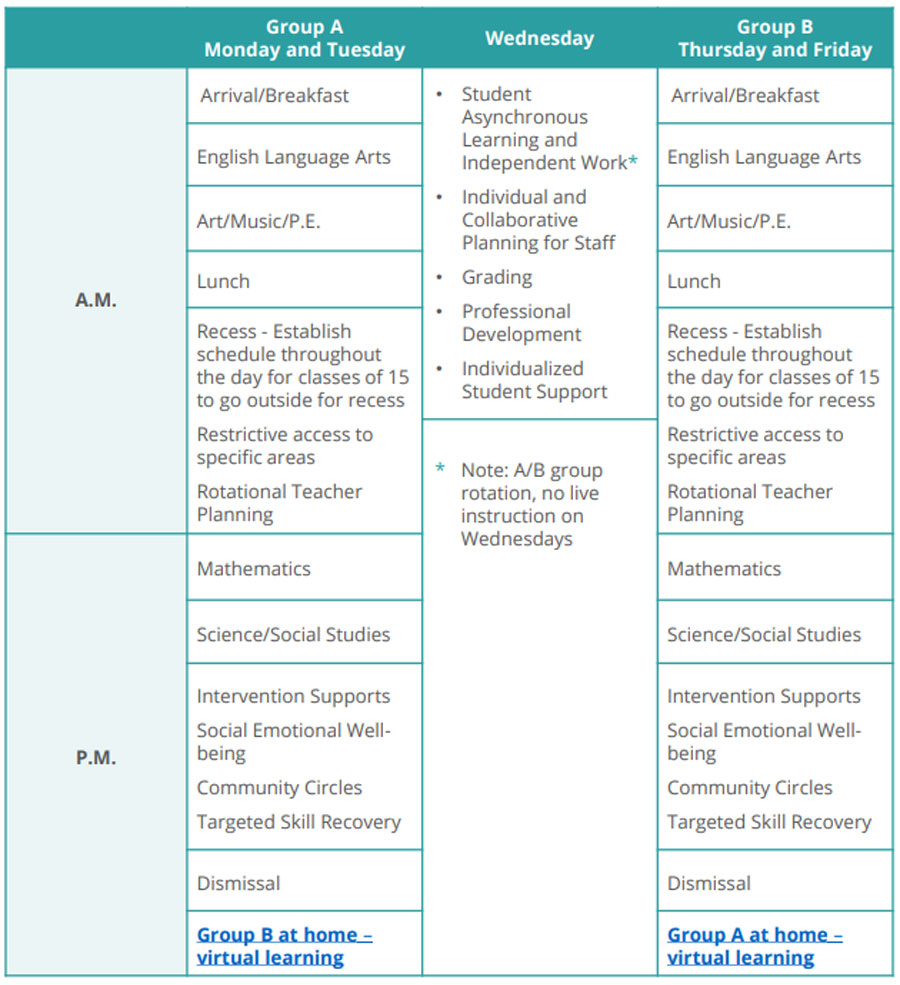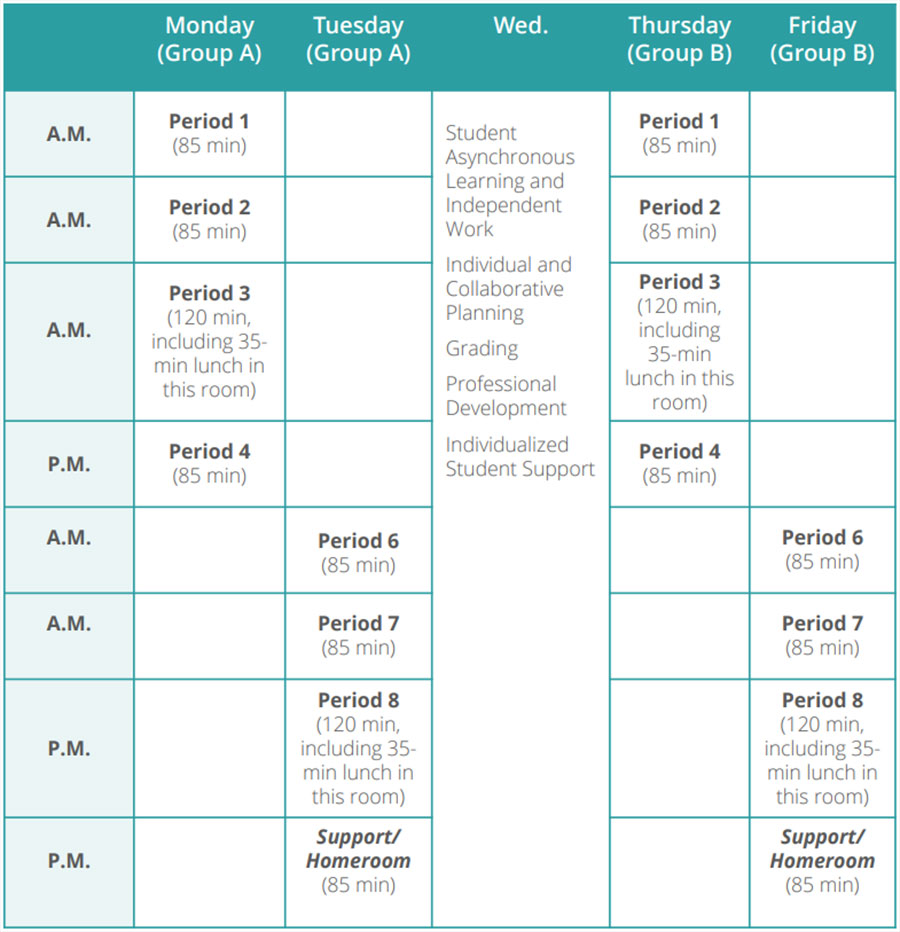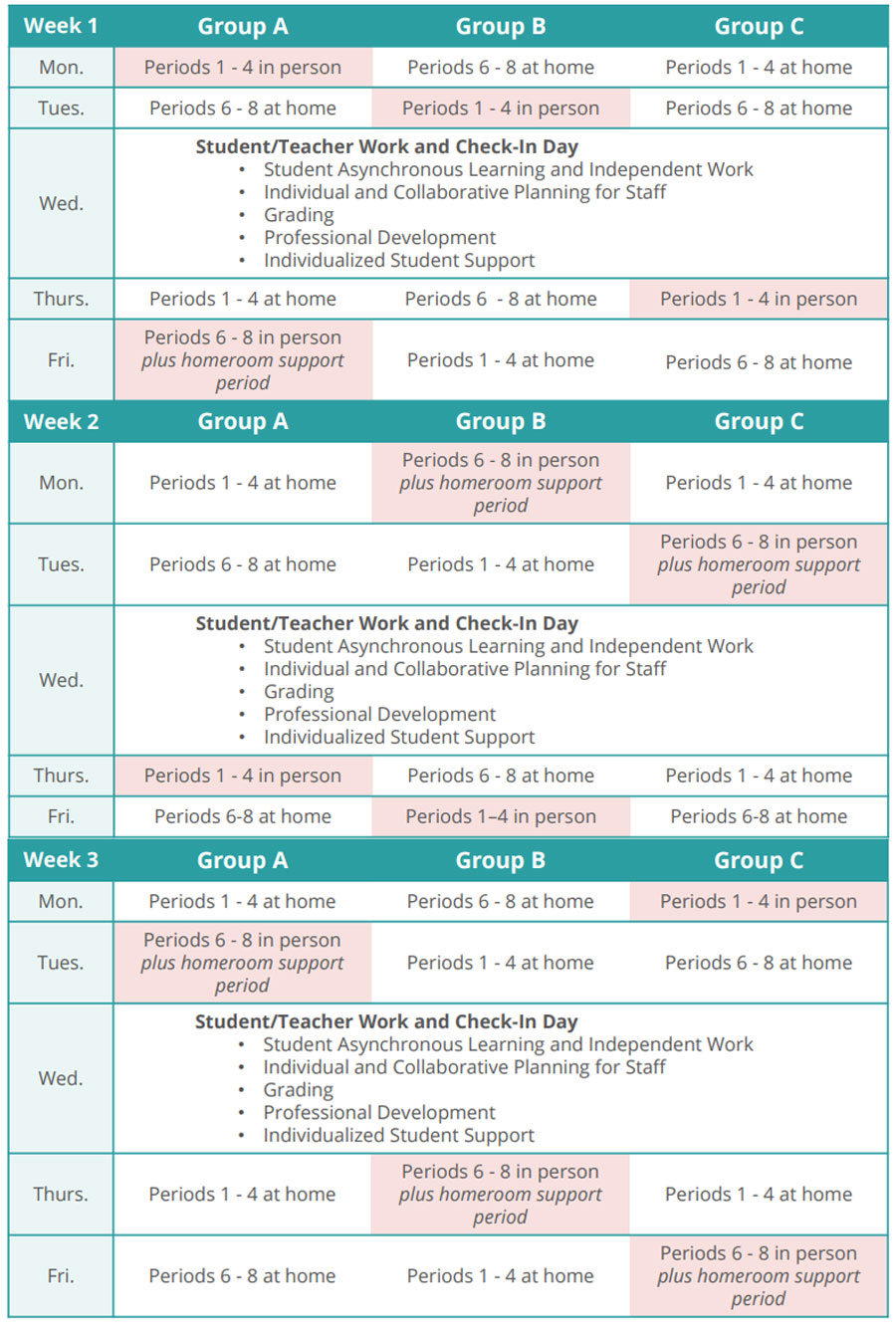Considerations for Recovery of Education in Second Semester
When state and local health officials determine conditions in our county allow for students to return safely after the first semester, we will begin to implement a phased blended model in the second semester (beginning February 1, 2021). Students will return to schools on a rotational schedule for in-person learning, with reduced class sizes and reduced numbers of students in the buildings. Due to limited capacity, transportation resources will be prioritized to elementary and middle school students. Students will return to classrooms by grade level, last name/address, and cluster in phases over the first months of the second semester. These recommendations will continue to be revised and refined throughout the first semester.
Learning Options
The Choice is Yours

Blended Virtual Learning
Students will rotate between learning in classrooms and learning online, attending classrooms on an A/B schedule to reduce class sizes and the number of students in buildings.

Virtual Learning
MCPS will offer comprehensive virtual learning opportunities for students and families who do not wish to participate in face-to-face instruction when the school year begins.
Blended Virtual Learning – Model 1
Students Return in Phases
Implementation Schedule
- Phases will last 2-4 weeks depending on school level and grade/age.
- Phases may be adjusted based on changing public health conditions and implementation experience.
- Details and dates will follow.
Sequencing
Students in specific special education programs and students new to a school level (Prekindergarten, Kindergarten, 6th and 9th) are the first returning to school.
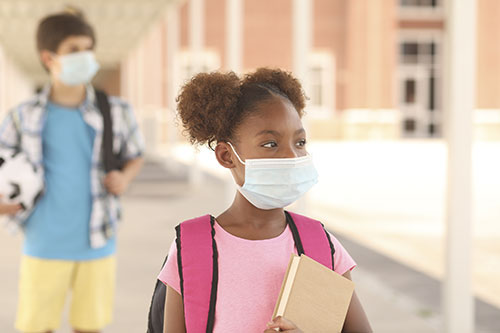
Rotating Schedule
- As the fall semester progresses, MCPS will continue to work on models of blended virtual instruction in preparation for student return in the second semester. Our goal is to provide high-quality instruction and learning experiences for all MCPS students, whether in-person or virtually.
- We are working diligently on plans for the second semester, focused on bringing back as many students as possible for in-person instruction on a consistent and rotating basis.
Rotating A/B schedule by grade level; student last name/home address; and school cluster for elementary and middle

- Subject to change and based on public health conditions and operational experiences as the schedule is implemented.
- Families will have the option to choose a virtual-only format once the final schedule and reopening plan is released.
- Sample schedules represent the starting point for our work to ensure that a high-quality instructional program will be provided when we are cleared to resume in-person instruction.
Blended Virtual Learning Sample Schedules
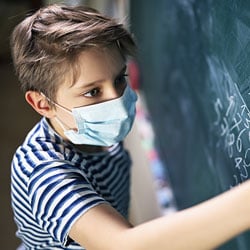
Elementary Schools
Students Return in Phases:
Phase 1 Prekindergarten, Kindergarten and students in specific Special Education Programs
Phase 2 Grade 1 and Grade 2
Phase 3 Grade 3 through Grade 5

Middle Schools
Students Return in Phases:
Phase 1 Grade 6 and students in specific Special Education Programs
Phase 2 Grade 7
Phase 3 Grade 8
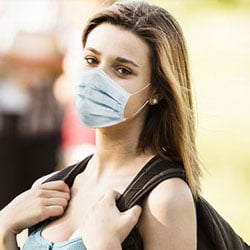
High Schools
Students Return in Phases:
Phase 1 Grade 9 and students in specific Special Education Programs
Phase 2 Grade 10
Phase 3 Grade 11 and Grade 12
Virtual Only Learning – Model 2
Robust Live Instruction and Engagement
All students will have live (synchronous) instruction and a full day of instructional experiences.
Student, Staff and Family Support
We will provide timely, relevant and differentiated supports and resources for students, staff and families.
Flexibility for Students and Families
MCPS is developing a process for recording lessons that families can access at a later time.
Robust Health and Safety Considerations
MCPS will implement the following health and safety practices across all schools and offices:
 Health Questionnaire
Health Questionnaire
Health questionnaire for staff and students
 Face Coverings
Face Coverings
Face coverings will be required and provided as needed to staff and students.
 Limited Access
Limited Access
Access to schools will be limited to students and staff as much as possible.
 Hand Sanitizer
Hand Sanitizer
Hand sanitizer will be provided, with hand sanitizing stations at building entrances, and in classrooms and shared spaces.
 Physical Distancing
Physical Distancing
There will be increased spacing in the building and in classrooms with fewer students in spaces. Classroom layouts and arrival and dismissal processes will be modified to maintain physical distancing.
 Training
Training
Students and staff will receive training on COVID-19 prevention practices, including physical distancing and face covering use. Signage and ongoing communication will supplement and reinforce training.
 Hand-Washing
Hand-Washing
Hand-washing will be encouraged throughout the day and required before and after meals
 No Supply Sharing
No Supply Sharing
MCPS will increase ordering of all school supplies to eliminate sharing, particularly at the elementary level.
 Ongoing Support
Ongoing Support
School administrators will be provided ongoing support to ensure effective systemwide implementation of health and safety practices.
 MCPS Issued Devices
MCPS Issued Devices
MCPS will continue to provide Chromebooks and other devices to students as needs are identified.
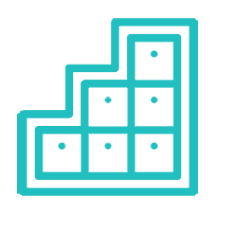 Storage Space
Storage Space
Increased ordering of containers to provide storage space for students in classrooms.
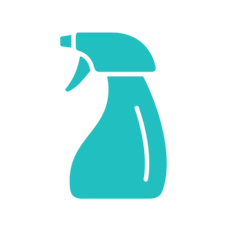 Cleaning
Cleaning
Frequent cleaning of all MCPS schools, facilities and buses.
Transportation
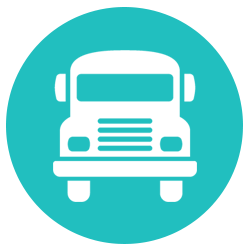 Transporting Students To and From School Safely
Transporting Students To and From School Safely
- Virtual and partial in-person schedules must be aligned; current start and end times will remain the foundation of transportation and bell times schedule. First period for middle and high schools will begin at 9 a.m. Support periods for secondary students will move to the morning to accommodate time between arrival and the start of first period.
- Transportation times for students in specific special education and CTE programs returning March 1 and March 15 will be shared directly with families.
- Transportation times for general education students will be similar to traditional school year times and will be posted on the MCPS transportation webpage by March 1.
- Note: Bus route times are approximate as two or more routes with fewer students may be combined and routes with many students may be split into two buses.
Bus Seating Capacity
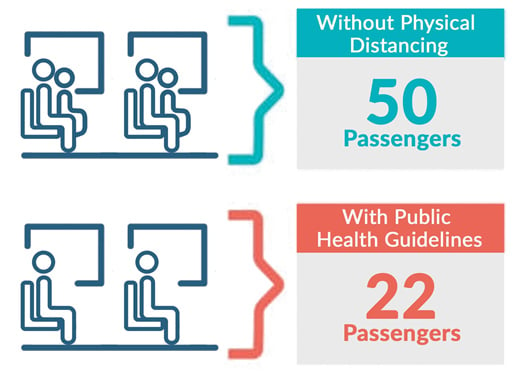
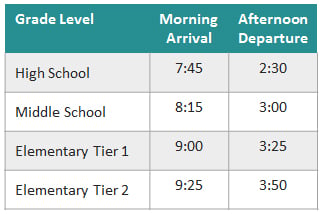
Food Services
Meal Service
In addition to providing meals for students receiving in-person instruction, MCPS will continue to provide
breakfast and lunch meals to students at designated food distribution sites throughout the county.
More information will be posted on the MCPS Meal Service website. .
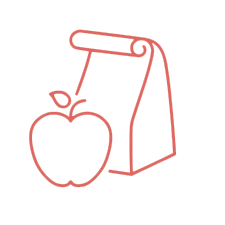 Encourage Bringing Lunch
Encourage Bringing Lunch
Encourage students to bring their own meals as feasible, or serve individual grab-and-go meals in classrooms and in flexible spaces like the cafeteria, while ensuring the safety of children with food allergies.
 Enforce Hand-Washing
Enforce Hand-Washing
We will enforce strict hand-washing with soap and water after meals.
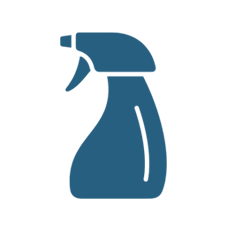 Disinfect Surfaces
Disinfect Surfaces
We will disinfect surfaces regularly.
 No Sharing Food
No Sharing Food
We will continue to practice the “do not share” food policy among students.
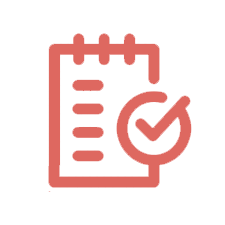 Review Food Allergy Plans
Review Food Allergy Plans
Before school resumes, teachers and school leaders will review food allergy and 504 plans for all children with food allergies.
Results from the parent/staff surveys on fall recovery planning which took place June 22 through July 8.
Glossary of Common Terms
Distance and/or e-learning
Overarching term for a variety of learning modalities involving virtual experiences whether they are asynchronous or synchronous. As decisions are made, a full understanding of the benefits, limitations, and considerations of each modality is important. Please see the chart in the second section of the document.
Synchronous learning
Remote learning that happens in real-time with the interaction between the teacher and students. This can occur both in a face to face environment or in a virtual classroom setting. This is teacher led Instruction that occurs in real time and often at a scheduled or live time. For example, logging into a Zoom at 9 am to attend a Math class or reporting to school for a class.
Asynchronous learning
Learning that occurs online without real-time interaction or instruction by an educator. This is teacher designed instruction that a student does on their own. The content and learning activities are teacher selected, but the student completes those activities on their own as part of independent work. Examples may include but not limited to pre-recorded video lessons, resource videos, assigned readings, and posted assignments.
In Person Learning
This is learning that occurs inside of a school building. In person learning refers to instructional experiences that take place on property and inside of a facility with a staff member.
Virtual Learning
This refers to the online learning environment and includes BOTH live/synchronous instruction and/or asynchronous instruction.
Blended Virtual Learning
- Blended Learning (hybrid) Program is a combination of synchronous and asynchronous teaching and learning that requires access to the Internet, an electronic device, web conferencing tools, and a learning platform.
- Local school system educators deliver instruction aligned with the school’s curriculum and monitor student attendance, growth, IEP requirements, and provide differentiation for individual students.
- This includes the use of the local school system educators and curriculum allows for the flexibility of moving between synchronous instruction received entirely at home via web conferencing and traditional instruction delivered in the brick and mortar environment. This refers to students who spend a portion of their instructional experience in person AND virtual through the cohort A/B approach.
Independent Work
This is work that a student does on their own, either during or after instruction. It may also be driven by asynchronous instructional experiences. For example it might take place within a math block, during a scheduled block of time or after a class period as part of asynchronous learning.
Small Group Work
This is work that a student does under the direction and support of a staff member. It often occurs inside of a live instructional experience. For example, students may work in a breakout room.
Individual Student Support
This is time under the direct supervision of a staff member and occurs in real time or live. This support may include special education or related services as part of an IEP, wellness or counseling services, interventions, or follow-up work with individual students or small groups at the direction of staff.
